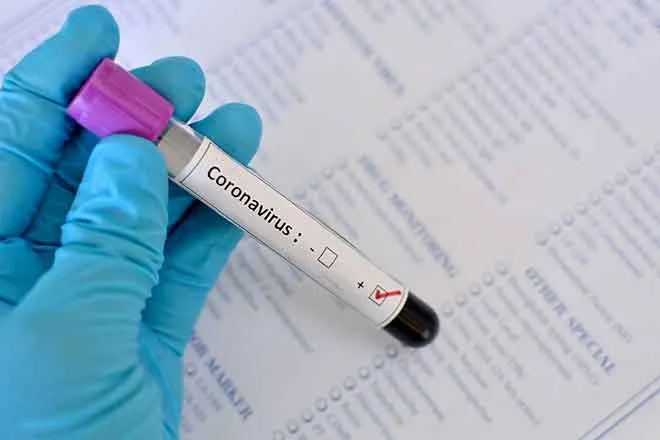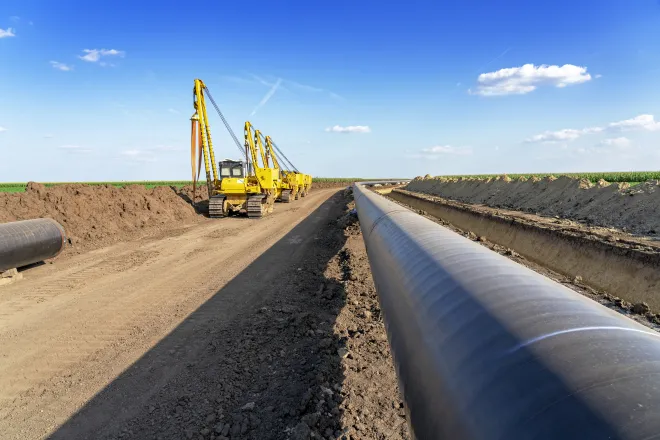
What you need to know about prostate health
(Arizona News Connection) Prostate cancer is the most commonly diagnosed form among men. The month of September is about raising awareness.
In 2020, there were more than 3,000 diagnosed cases of prostate cancer, the second most common type of cancer in Arizona.
Dr. Ajay Bhatnagar, founder of the Prostate Cancer Institute of Arizona, said the majority of men diagnosed with prostate cancer are found in the early stages due to effective screenings. He advised men over the age of 50 are encouraged to get screened, but there are exceptions.
"When people have high risk features such as family history or of being [of] African American ethnicity can also impact," Bhatnagar explained. "Because we know that there is a higher rate of prostate cancer among African Americans and therefore it's not always 50 as the cutoff."
Bhatnagar noted more men asking their doctors about prostate health has led to cancer being caught sooner, which he added has resulted in a high cure rate for a majority of patients, regardless of what treatment options they choose.
Bhatnagar emphasized he never wants "the treatment to be worse than the disease," and stressed each case must be evaluated individually to see if a patient with localized prostate cancer warrants treatment or can be closely monitored instead. He pointed out an estimated 75 percent of men who decide to undergo "active surveillance" will eventually need to undergo surgery or radiation therapy.
One treatment option Bhatnagar is especially passionate about is called low dose rate brachytherapy.
"The advantage of low dose rate brachytherapy is that it's a one-time treatment completed in less than an hour and you go home the same day with minimal downtime and have minimal side effects such as impotence," Bhatnagar outlined. "This treatment actually has the highest erectile function preservation rate."
He added not everyone is an ideal candidate for low dose rate brachytherapy but called it a great option for men with low to intermediate prostate cancer. Bhatnagar acknowledged there is a perception more costly treatments work better, but he argues low dose rate brachytherapy is more cost-effective.
















